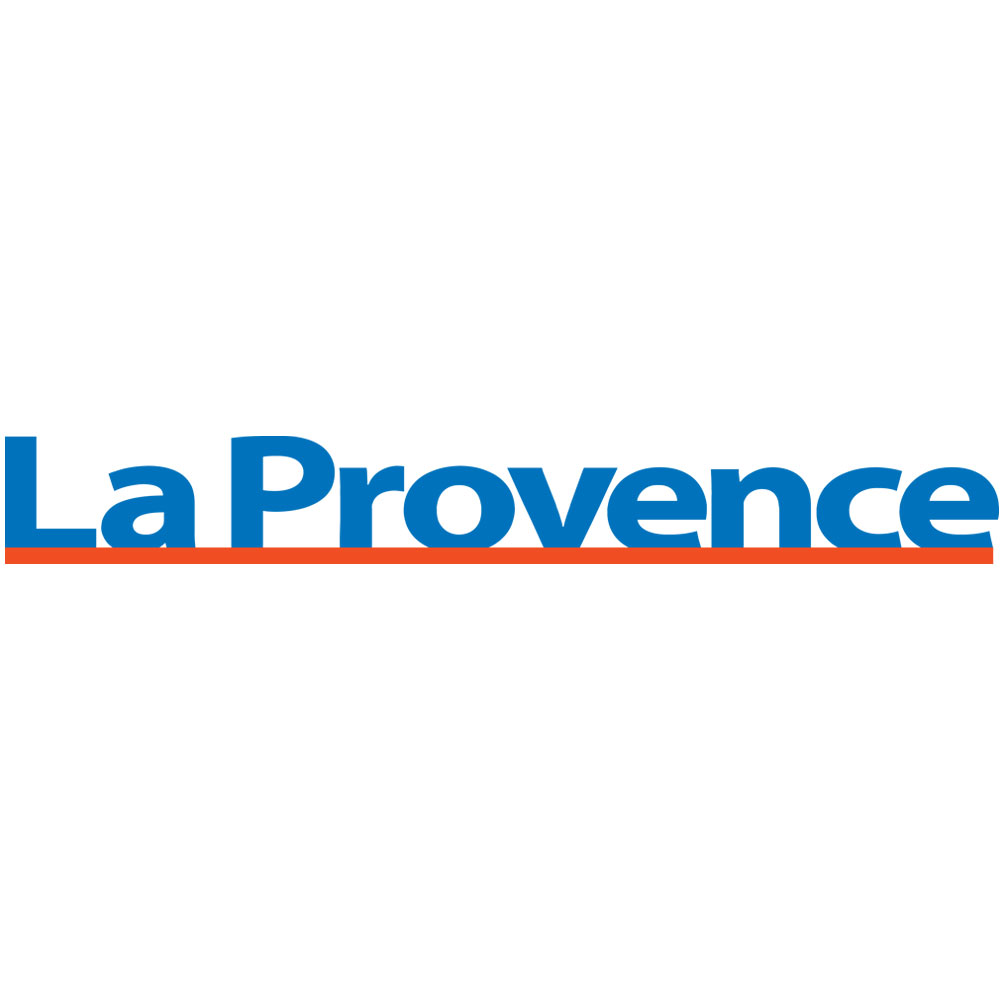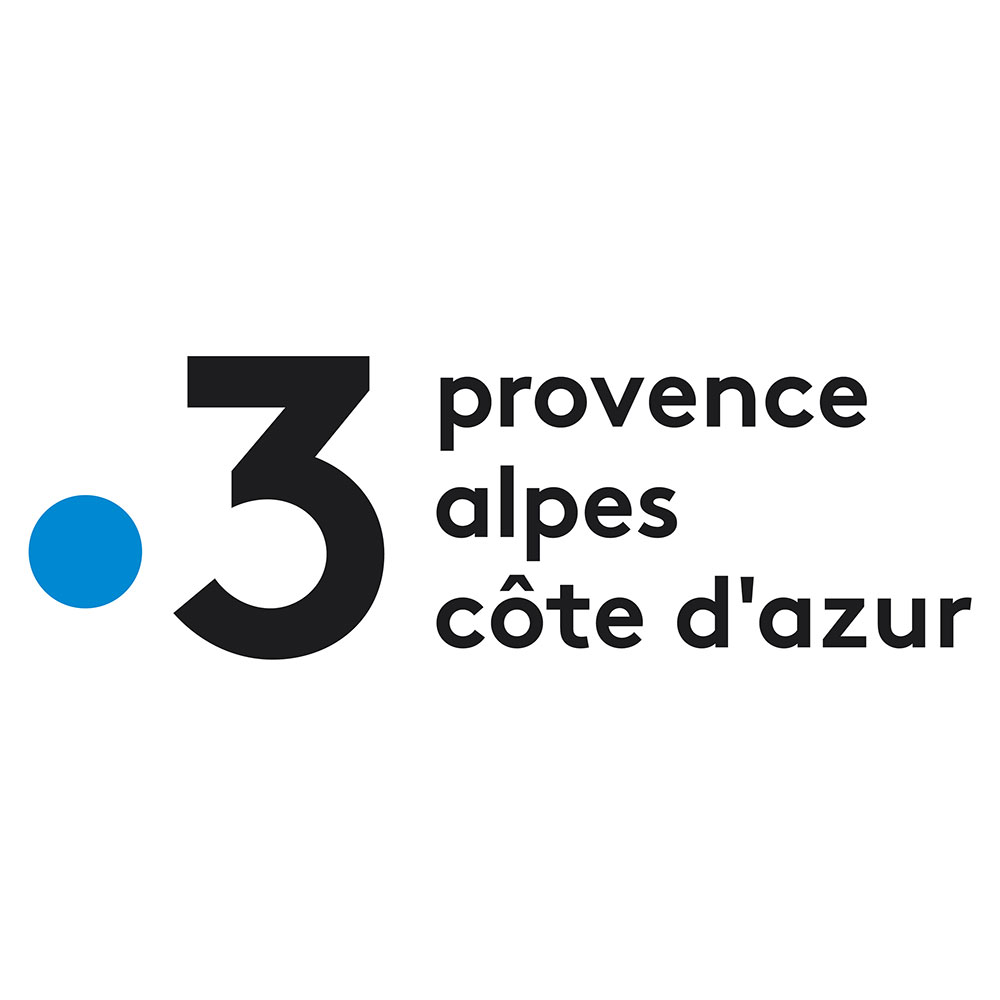Folklore
Mucem, J4—
Niveau 2
|
From Wednesday 4 November 2020 to Monday 22 February 2021
The exhibition sets out the portrait of the “artist as a folklorist” who, influenced by the anthropological dimension of art and a new museography of everyday life in the 1970s, borrow from ethnologists methods of investigation and collecting, before moving on to those of classification and reconstruction.
Seemingly at odds with the idea of the avant-garde, the world of folklore nevertheless permeates whole sections of modernity and contemporary creativity. Far from the clichés of an outdated, backward-looking view of the past, artists have been able to find within it a source of inspiration and an object of critical analysis. The “Folklore” exhibition, conceived by the Centre Pompidou-Metz in partnership with the Mucem, retraces the relationship that artists have had with this concept, focussing on a European definition and history of the term. Thanks to funds of the Mucem, themselves inherited from the musée national des Arts et Traditions populaires, the exhibition also reveals the invention of a discipline, concurrently allowing for unexpected face-to-face encounters.
Opening with a quest for origins and an “exoticism from within”, the exhibition shows how locations such as Brittany for Paul Sérusier and Paul Gauguin, Vologda (Russia) and Bavaria for Vassili Kandinsky and Gabrielle Münter, and Oltenia (Romania) for Constantin Brancusi, serve as breeding grounds for modernity and abstraction. It also addresses the paradoxes of a folklore that claims to be authentic and frequently associated with identity and nationalist claims. As a repository of forms and an inexhaustible source of motifs, folklore contributes to the renewal of artistic vocabulary, from a straightforward, formal borrowing to something more subversive and political. With music, dance, rites, beliefs, superstitions, fantastic creatures, and fundamentally linked to the immaterial, spoken tradition, folklore takes on a quality that is more conceptual than material in the work of many post-war artists such as Constant, Susan Hiller, and Joseph Beuys.
The exhibition sets out the portrait of the “artist as a folklorist” who, influenced by the anthropological dimension of art and a new museography of everyday life in the 1970s, borrow from ethnologists methods of investigation and collecting, before moving on to those of classification and reconstruction.
In an era of globalised standardisation and of folklores created for the tourist industry, the exhibition also explores their circulation and transformation as seen by contemporary artists, such as Endri Dani, Jimmie Durham, Mélanie Manchot, Julius Koller, Pierre Huygue, Slavs and Tatars. Revisited and even reinvented, mobile, and no longer anchored to a specific location, folklores continue, like populations, to move with them, and be the subject of critiques as well as a source of fascination.
Over 360 works and objects will be presented in the exhibition, including 190 objects from the Mucem collections, plus the loans of 170 pieces of modern and contemporary art, a large part of which are kept at the Musée national d’Art moderne at the Centre Pompidou.
—Curation: Jean-Marie Gallais, head of programming at the Centre Pompidou-Metz
—Marie-Charlotte Calafat, deputy head of the collections and documentary resources department, custodian for heritage, and head of the History section of the Mucem
—Research and exhibition officer: Arnaud Dejeammes, Centre Pompidou-Metz
—Scenography: Pascal Rodriguez
—The exhibition was devised and organised by the Centre Pompidou-Metz (from 21 March to 21 September 2020) in partnership with the Mucem.
Practical information
Free entry to exhibitions from 29 June to 20 July 2020 (booking not required)
Downloads
Dossier pédagogique Folklore .pdfPartners and sponsors
With the support of Caisse d’Epargne CEPAC and PwC France et Afrique francophone
![Vassily Kandinsky, Die Raben [Les Corbeaux], 1907. Linogravure. Centre Pompidou, Musée national d’art moderne - Centre de création industrielle, Paris © Centre Pompidou, MNAM-CCI, Dist. RMN-Grand Palais / Georges Meguerditchian Vassily Kandinsky, Die Raben [Les Corbeaux], 1907. Linogravure. Centre Pompidou, Musée national d’art moderne - Centre de création industrielle, Paris © Centre Pompidou, MNAM-CCI, Dist. RMN-Grand Palais / Georges Meguerditchian](/sites/default/files/2019-12/Vassily_Kandinsky_Die_Raben_%201907%C2%A9Centre_Pompidou_MNAM_CCI_Dist_RMN_Gd_Palais_G_Meguerditchian.jpg)
![Vassily Kandinsky, Lied [Chant], 1906, tempera sur carton glacé, 49 x 66 cm. Centre Pompidou, musée national d’Art moderne, Paris, Legs de Nina Kandinsky, 1981 © Centre Pompidou, MNAM-CCI, Dist. RMN-Grand Palais / Georges Meguerditchian Vassily Kandinsky, Lied [Chant], 1906, tempera sur carton glacé, 49 x 66 cm. Centre Pompidou, musée national d’Art moderne, Paris, Legs de Nina Kandinsky, 1981 © Centre Pompidou, MNAM-CCI, Dist. RMN-Grand Palais / Georges Meguerditchian](/sites/default/files/2020-10/4_Vassily_Kandinsky_Lied_1906%C2%A9Centre_Pompidou_MNAM_CCI_RMN_G_Meguerditchian.jpg)
![Július Koller, Univerzálny Folkloristický Obyčaj (U.F.O.) – Čičmany [Coutume folklorique universelle (U.F.O.) – Čičmany)], 1978, épreuve photographique. Slovenská národná galéria, Bratislava © Julius Koller / Slovak National Gallery Július Koller, Univerzálny Folkloristický Obyčaj (U.F.O.) – Čičmany [Coutume folklorique universelle (U.F.O.) – Čičmany)], 1978, épreuve photographique. Slovenská národná galéria, Bratislava © Julius Koller / Slovak National Gallery](/sites/default/files/2020-10/17_Julius_Koller_Coutume_folklorique_universelle%C2%A9Julius_Koller_Slovak_Gallery.jpg)





